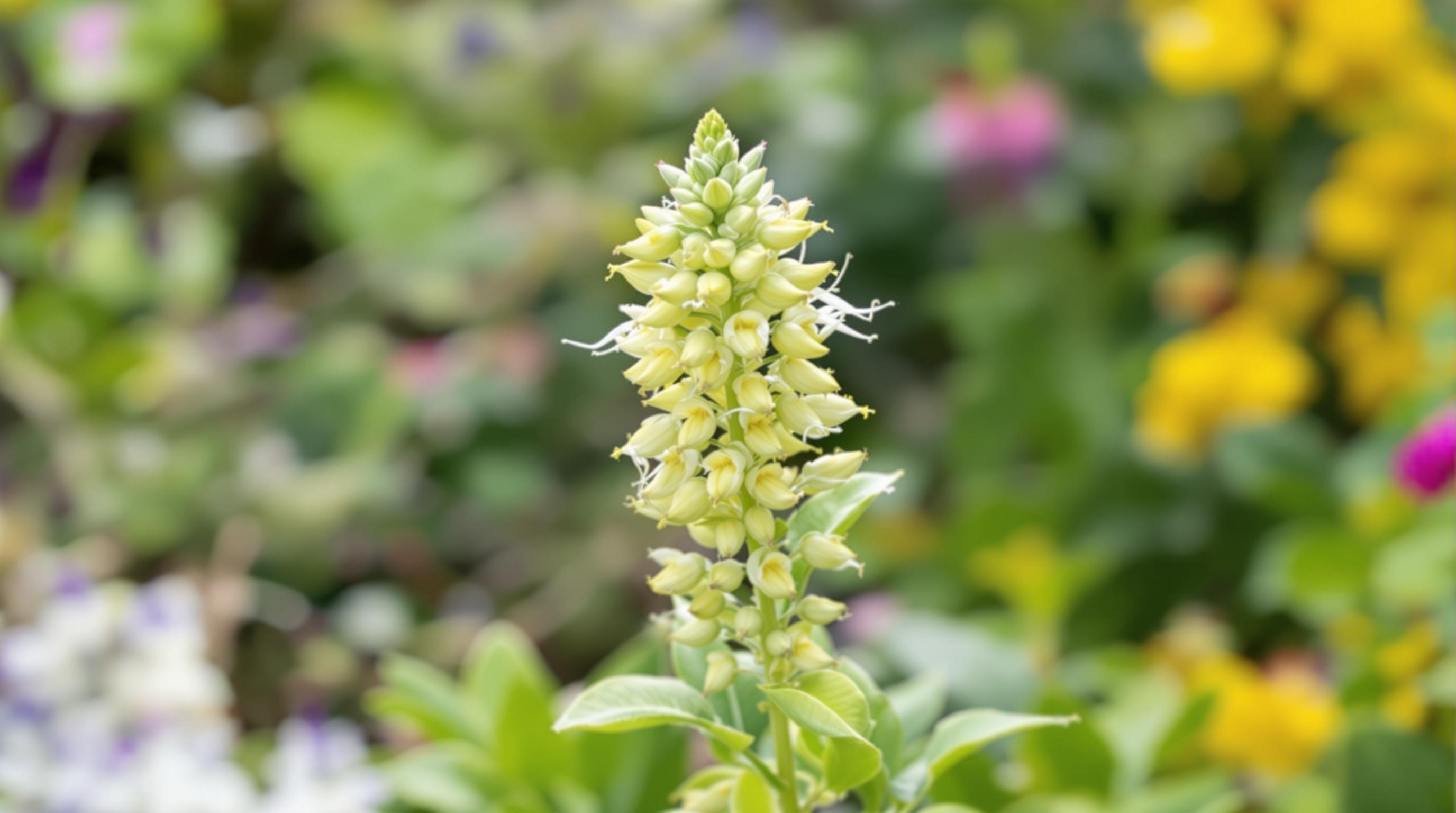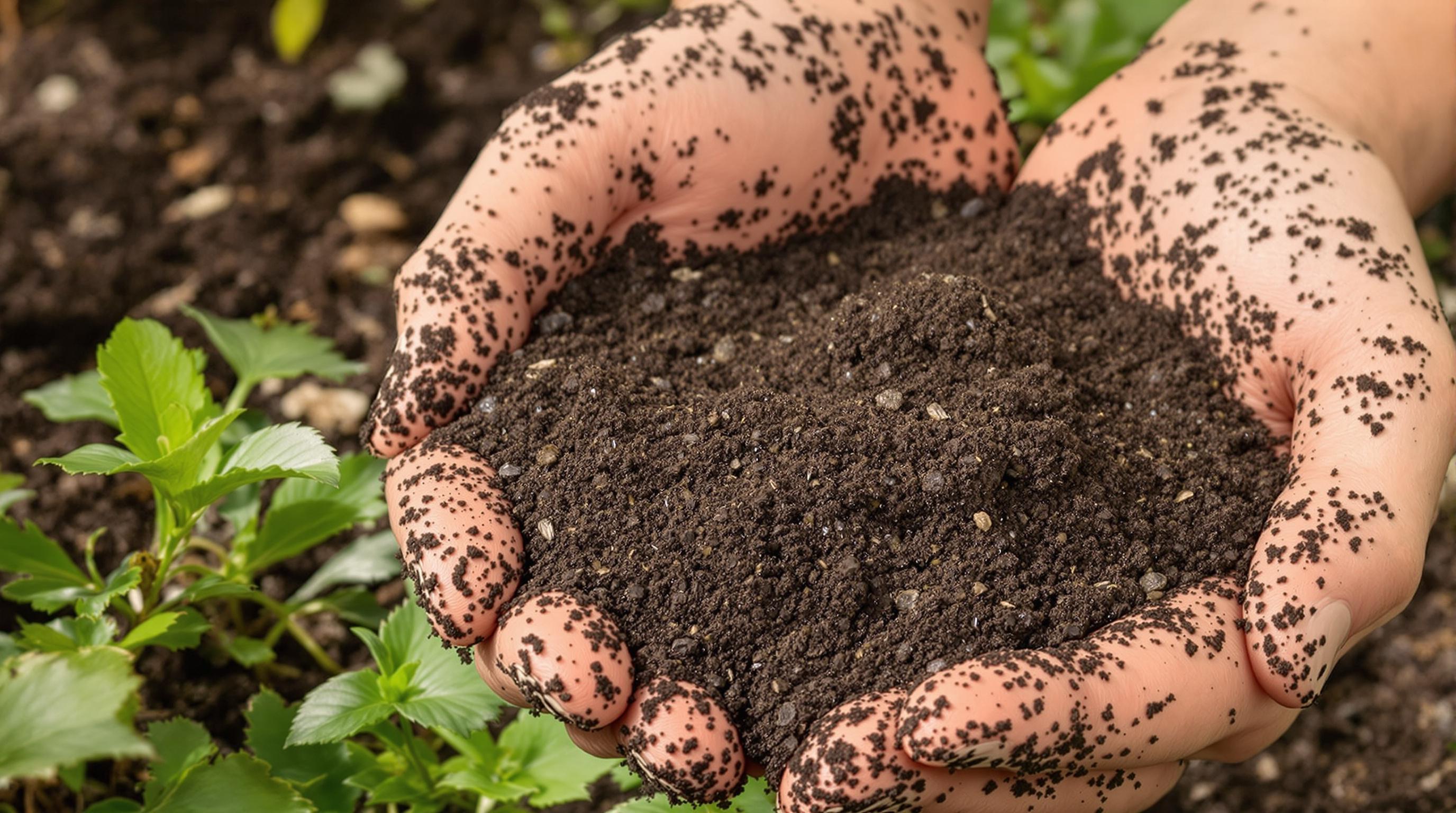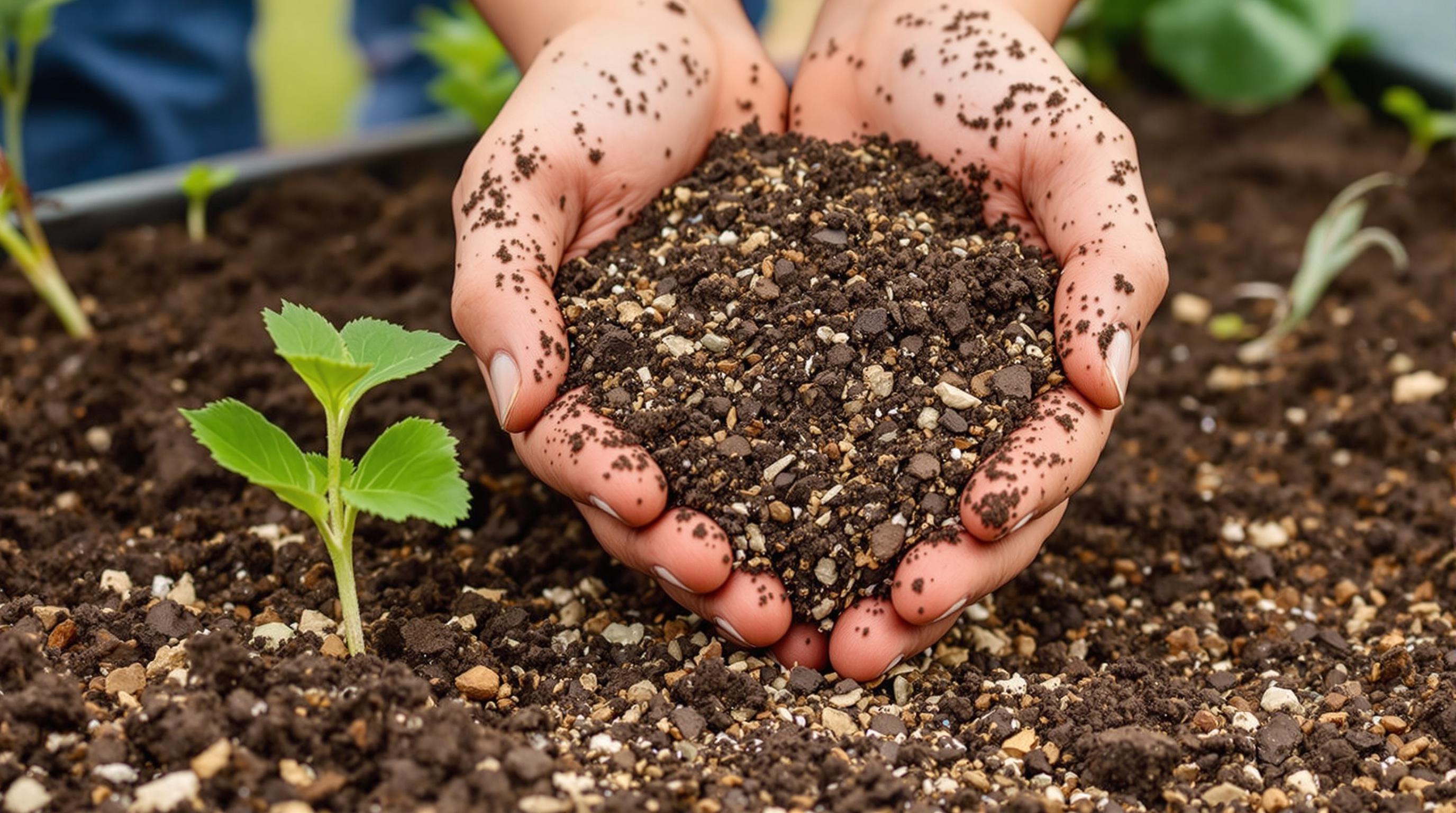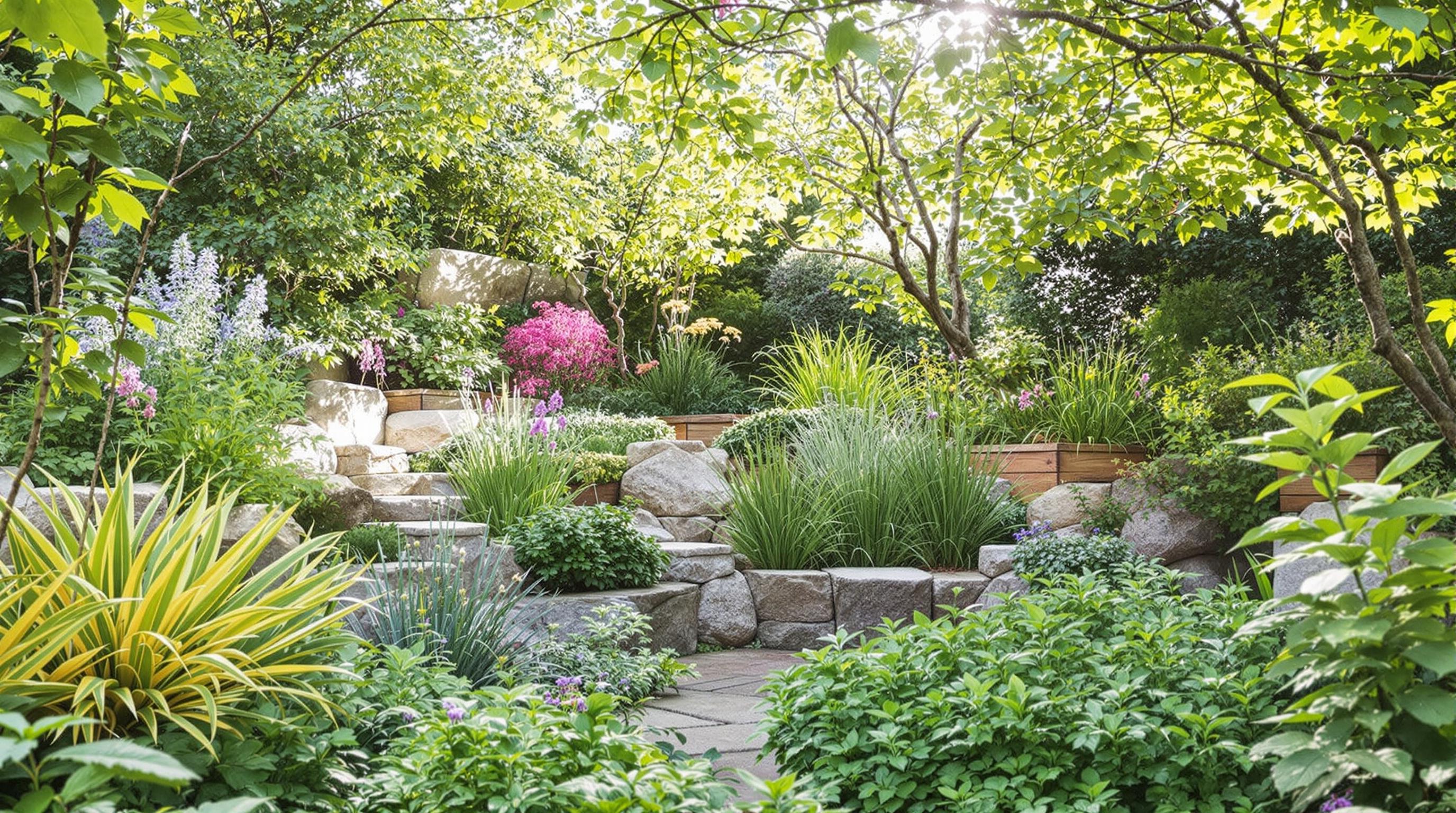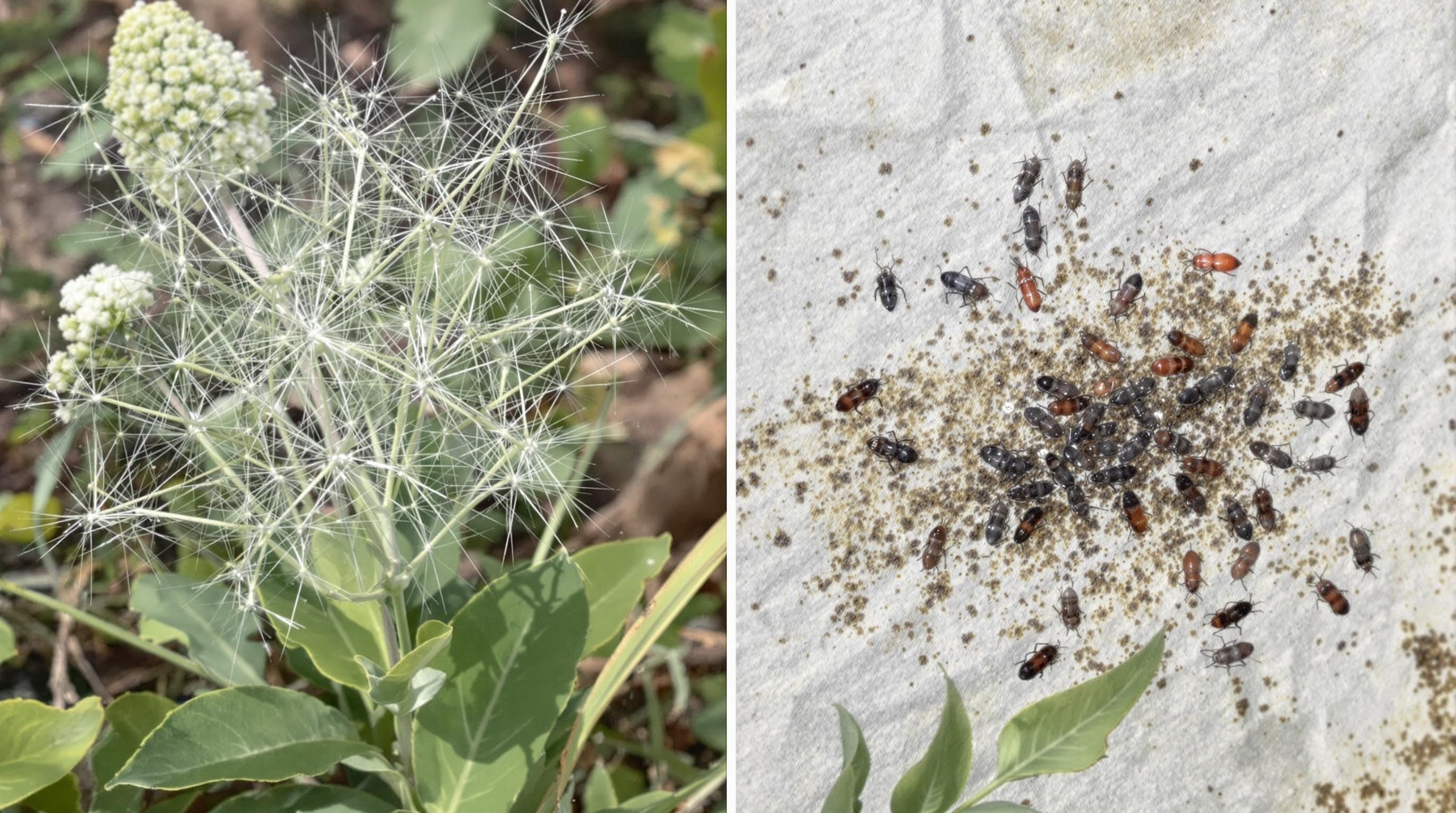Related Articles
- The Hidden Influence of Ergonomics: How Tool Design Shapes Our Physical Spaces and Daily Lives
- The Silent Influence: How Hidden Home Implements Shape Our Daily Routines and Spaces
- The Counterintuitive Role of Chaos: How Messy Tool Storage Can Lead to Unexpected Home Innovations
- Exploring the Unseen: How Audio Experiences Shape the Art of Domestic Spaces and Color Perception
- Rethinking the Mundane: How Everyday Objects are Becoming the Canvas for Modern Artistic Expression in Home Spaces
- Cultivating Chaos: The Surprising Benefits of Embracing Weeds in Your Garden Ecosystem
7 Little-Known Cultural Myths About Plants That Could Revolutionize Your Gardening Approach and Enhance Your Landscape Design
7 Little-Known Cultural Myths About Plants That Could Revolutionize Your Gardening Approach and Enhance Your Landscape Design
7 Little-Known Cultural Myths About Plants That Could Revolutionize Your Gardening Approach and Enhance Your Landscape Design
1. Plants Communicate with Each Other
One of the more fascinating myths that has emerged from various cultural backgrounds is the idea that plants can communicate with one another, often through underground networks known as mycorrhizal fungi. This phenomenon highlights a hidden layer of interaction among plant life that goes beyond mere competition for resources. The exchange of nutrients and information underground reveals a cooperative side to plants that can radically change our approach to gardening.
Research has shown that plants can send distress signals when under threat from pests, eliciting defensive responses from neighboring plants. This communal behavior suggests that we can cultivate ecosystems within our gardens that enhance resilience and promote biodiversity. Understanding these dynamics can help gardeners plan plant placements and interdependencies that lead to self-sustaining environments.
Embracing the idea of plant communication can lead to the adoption of companion planting strategies, wherein certain plants are grown together to protect each other from pests or diseases. As we design landscapes, considering how plants interact can create thriving, multi-layered environments that are more adept at withstanding various ecological challenges.
2. The Color of Plants Affects Their Growth
The notion that certain colors can influence plant growth has been prevalent among various cultures, symbolizing different energies and environmental factors. While it may sound superstitious, there is some scientific grounding in the way light, which is essential for photosynthesis, can affect plant development. For instance, plants respond to different spectrums of light from the sun, and this response can be manipulated in gardening practices.
By understanding the importance of light color, gardeners can create more effective growing environments. For example, warmer light colors may promote flowering, while cooler colors could encourage leaf growth. This knowledge allows for more targeted approaches to landscape design, influencing both aesthetics and plant health.
Incorporating strategically placed colored elements—such as reflective surfaces or colored grow lights—into your gardening approach could be a revolutionary step. Maximizing the light quality that reaches plants could yield better growth outcomes and enhance the overall vibrancy of landscape design.
3. Plants Can Enhance Human Emotions
Various cultures have long associated specific plants with emotional states and well-being. It is believed that plants like lavender can evoke calmness, while citrus plants might promote happiness and energy. This myth speaks to more than folklore; research into biophilia suggests that nature positively influences mental health, making the emotional aspect of plants an essential consideration in gardening.
Designing landscapes with emotional impact in mind can transform a garden space into a sanctuary. By strategically planting species known to enhance specific moods, gardeners can create environments that cater to relaxation, mindfulness, or even creativity. For instance, incorporating fragrant herbs in kitchen gardens not only stimulates curiosity but can also inspire users to engage with the outdoor space.
By considering the psychological effects of plants, we can enhance not just the beauty of our landscapes but also the well-being of those who experience them. This transformative focus on emotional connection opens new avenues for designing therapeutic gardens in both private and public spaces.
4. The Power of Sound on Plant Growth
Another intriguing growth myth arises from the belief that sound can influence plant health and development, a concept that can be traced through various cultural practices. Some gardeners play music or use sound therapy in their gardens, believing it positively affects plant growth. While the skepticism among scientists is present, there are indeed studies suggesting that certain sounds and vibrations can stimulate physiological changes in plants.
Understanding how sound frequencies could enhance growth provides an innovative perspective for gardeners. For example, higher frequency sounds may stimulate growth more effectively than lower frequencies. Integrating sound into our gardening techniques may mean incorporating gentle sounds in the environment, whether through nature, wind chimes, or music.
Thus, the idea of sound as a tool in gardening could revolutionize how we engage with plants and their environments. Aesthetic and practical considerations of sound create more immersive outdoor spaces that emotionally connect with visitors and enrich the growth of plants.
5. Soil Microbes: The Invisible Workforce
Many cultures regard the soil as sacred, filled with life and mystery, leading to the belief in the essential role of soil health in gardening. Though this has its roots in ancient wisdom, recent scientific research has substantiated the idea. Soil microbiomes play a pivotal role in plant growth, nutrient absorption, and overall plant health, indicating that the unseen workforce within the soil is indispensable for successful gardening.
Understanding the complexity of soil microbiology enhances landscape design and garden techniques immensely. Instead of solely focusing on chemical fertilizers, gardeners could emphasize building healthy soil ecosystems that promote beneficial microbes. Implementing practices like cover cropping and composting not only boosts microbial life but also helps in achieving a balanced nutrient supply.
Transforming our understanding and respect for soil could lead to profound changes in how we think about sustainable gardening practices. Utilizing organic methods will enrich the health of both our landscapes and our gardening efforts, promoting balance in the whole ecosystem.
6. Seasonal Planting Rituals
Cultural myths often imbue significance to seasonal rituals and planting times. Many traditions emphasize sowing seeds according to lunar phases or astrological events, believing these timings can impact plant vigor and yields. While this may seem like folklore, there’s evidence to suggest that timing indeed correlates with environmental factors affecting growth.
Applying seasonal timing to gardening practices can enhance our understanding of natural cycles. By aligning planting schedules with the optimal timeframes inspired by cultural rituals, you can increase the chances of successful crop yields. For instance, certain crops thrive when sowed at specific lunar phases, offering new possibilities for maximizing productivity.
Integrating these traditional knowledge systems could create a unique approach to modern gardening. A focus on harmonizing gardening practices with natural rhythms fosters not only sustainability but also a deeper connection to heritage and ecological balance.
7. The Aesthetic Order of Nature
Lastly, numerous cultures emphasize the aesthetic arrangements of plants, suggesting that specific combinations and layouts resonate positively with both nature and human emotion. This myth transcends mere decoration; it posits that beauty in nature can significantly affect our well-being. The arrangement of plants in a garden is not just about looks but about creating harmonious environments that reflect natural systems.
Adopting principles from landscape aesthetics, such as rhythm, balance, and harmony, can enhance the design of personal and community gardens. Understanding the perspective that aesthetically pleasing arrangements can contribute to better mental health encourages more thoughtfulness in garden planning. The act of creating beauty in nature can become a meditation on order and serenity.
By embracing these aesthetic traditions, we can develop gardens that serve not only practical purposes but also nurture both the soul and environment. This larger view of planting and design could lead to truly transformative landscapes that embody a sense of peace and connection with nature.
